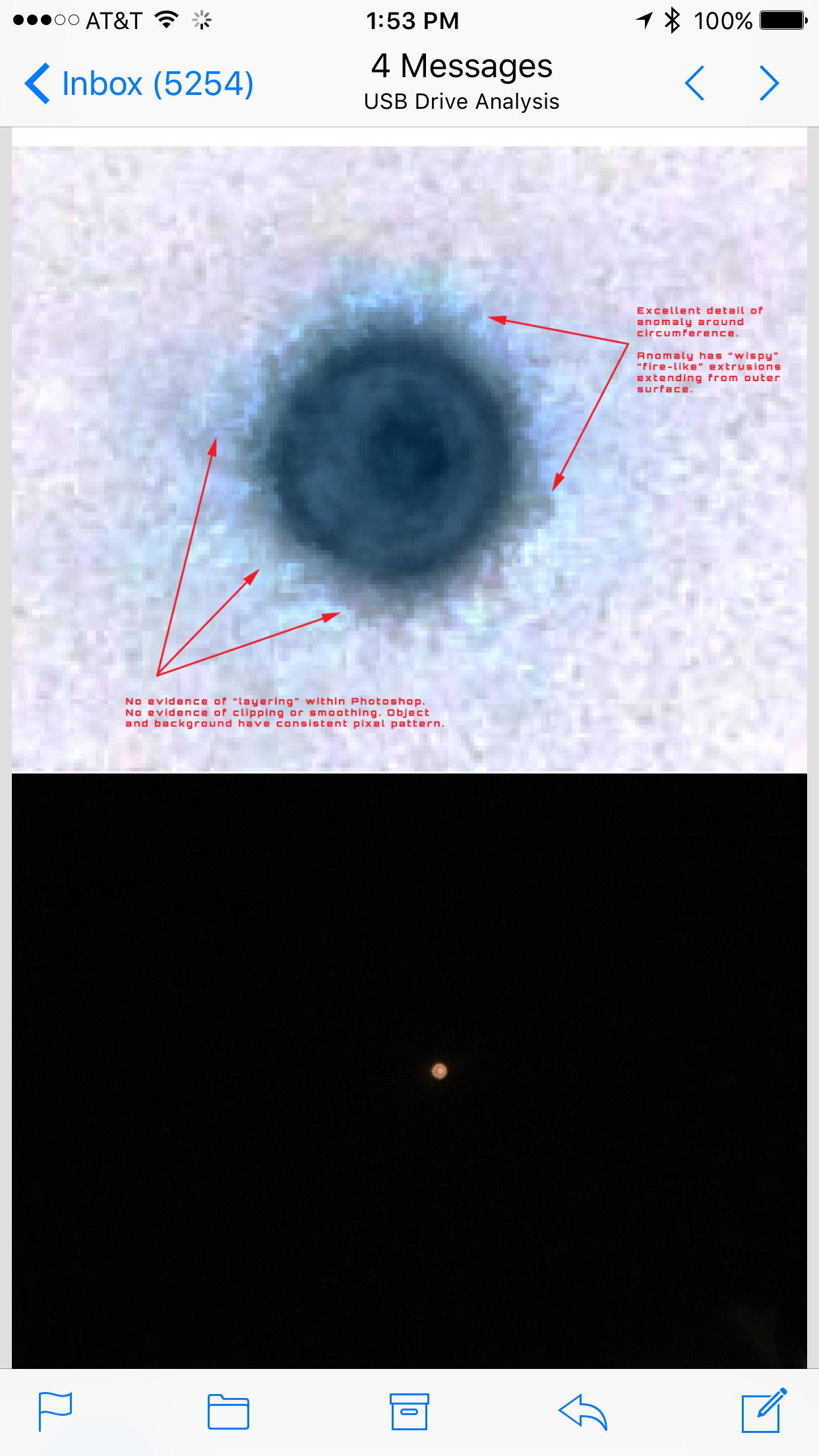
Geochemical Composition of Mid-Ocean Ridge Basalts (MORBs):
Basalts from Mid-Ocean Ridges: MORBs are characterized by specific elemental compositions that distinguish them from basalts found in other geological settings. These basalts are rich in Magnesium (Mg) with MgO contents typically ranging from 7.5 to 15 wt%, and Iron (Fe) represented as FeO with concentrations between 8 to 14 wt%. The Silicon (Si) content, measured as SiO2, usually lies in the range of 45 to 52 wt%, while Aluminum (Al), in the form of Al2O3, ranges from 14 to 17 wt%. (Source)
Hydrothermal Vent Chemistry:
Hydrothermal Fluids: The fluids expelled from hydrothermal vents at mid-ocean ridges are known for their rich metal content, including anomalously high concentrations of Copper (Cu) and Zinc (Zn), which can be several orders of magnitude higher than the surrounding seawater. These vents also introduce unique isotopic signatures into the surrounding rocks and minerals due to the interaction of the hydrothermal fluids with the oceanic crust.
Geological Activity and Material Formation:
Dynamic Geological Processes: The constant geological activity at mid-ocean ridges, including frequent volcanic eruptions and tectonic movements, leads to a continuous cycle of melting and solidification. This process not only recycles materials but can also lead to the formation of rare and unique mineral phases, potentially analogous to those found in UAP materials.
Comparative Analysis with Other Marine Environments:
Unique Mid-Ocean Ridge Environment: Unlike the relatively stable and sediment-dominated environments of abyssal plains or continental shelves, mid-ocean ridges are dynamic and constantly evolving. The unique combination of high temperatures, pressures, and chemical interactions in these environments makes them unparalleled in their capacity to produce and alter materials.
Hypothetical Processes for Unique Material Production:
Natural Laboratories for Material Science: The mid-ocean ridges could act as natural laboratories where unique combinations of pressure, temperature, and chemical fluxes create materials with unusual properties. For instance, the interaction of hydrothermal fluids with basalts could lead to the synthesis of new minerals or the alteration of existing ones, potentially resulting in materials with unique electromagnetic, structural, or isotopic characteristics.
submitted by /u/Otherwise-Ad5053
[link] [comments]